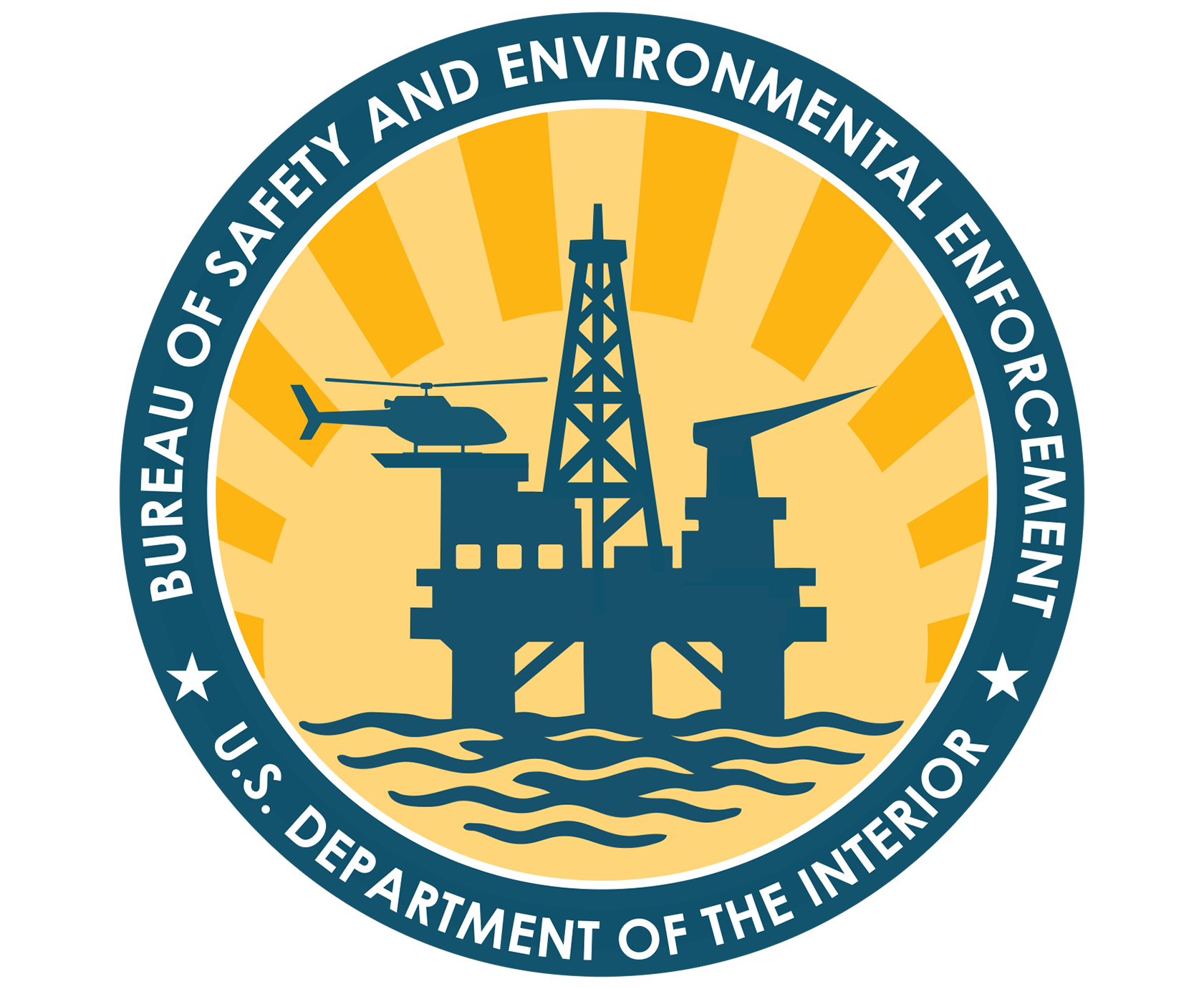
You are viewing ARCHIVED content published online before Jan. 20, 2025. Please note that this content is NOT UPDATED,
and links may not work. Additionally, any previously issued diversity, equity, inclusion or gender-related guidance on
this webpage should be considered rescinded. For current information, visit
News Items | Bureau of Safety and Environmental Enforcement.
WASHINGTON – Bureau of Safety and Environmental Enforcement Director Scott Angelle testified Tuesday before Congress detailing BSEE’s progress since 2017 to drive safety performance and environmental stewardship improvements. Angelle discussed the statistical data used in the decision-making process for the 2019 Well Control Rule; specifically, the SafeOCS Blowout Prevention System Safety 2017 Annual Report prepared by the Bureau of Transportation Statistics, a preeminent source of statistics on multiple industries that provides context to decision makers and the public for understanding statistics.
The annual report is a compilation of equipment failures submitted by offshore operators as required in the 2016 Well Control Rule. The BTS internal review team is composed of subject matter experts in drilling operations, production operations, subsea engineering, equipment testing, well control equipment design and manufacturing, root-cause failure analysis, quality assurance and control, and process design.
“I commend the previous administration for establishing a legal requirement to submit equipment failure reports,” said Angelle. “If it is smart to require the reporting, it is brilliant to use the data to drive safety, and that is what we are doing.”
The 2019 Well Control Rule, effective July 19, 2019, maintains the 14-day Blowout Preventer (BOP) testing requirement, and includes an option for operators to use a 21-day testing frequency; provided they submit and obtain an approval for a BOP Health Monitoring Plan for the tested blowout preventer, which consists of continuous system component monitoring.
During his testimony Angelle referenced an additional study, Examination of Blowout Preventer Pressure Test Frequency, conducted by Argonne National Laboratory, a U.S. Department of Energy laboratory. The Argonne study examined whether the reliability and operational safety of the blowout preventer system are enhanced or degraded by increasing the time interval between mandatory pressure tests.
The ANL study concluded that the total probability of failure-on-demand, for wellbore-sealing elastomers within a BOP, is greater under a 14-day time-on-well pressure testing interval, than a 21-day time-on-well pressure testing interval.
The two reports combined confirms BSEE and the Department of the Interior made the right decisions supported by data and the work of subject matter experts.
The Bureau of Safety and Environmental Enforcement (BSEE) is the lead federal agency charged with improving safety and ensuring environmental protection related to the offshore energy industry, primarily oil and natural gas, on the U.S. Outer Continental Shelf (OCS). Under President Trump, BSEE is conducting more inspections, increasing the number of safety initiatives and ensuring more offshore oil and gas workers receive critical safety information.
-BSEE-
